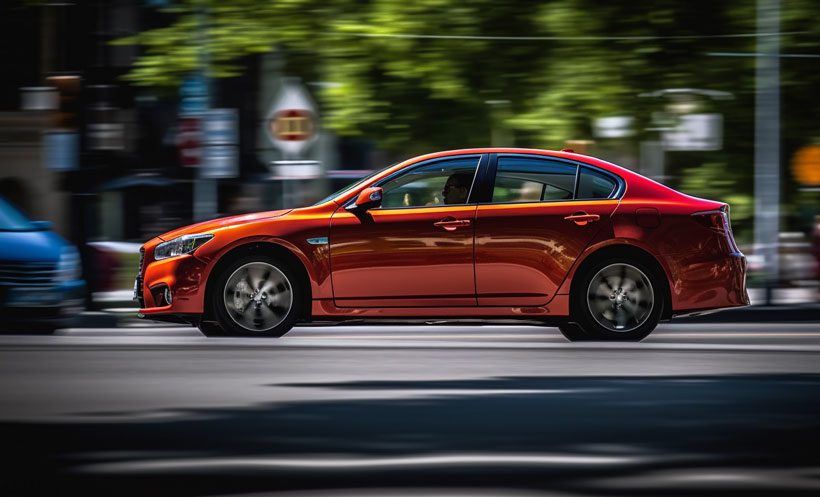How To Tell If Your Water Pump Is Leaking

Diagnosing a leaking water pump is a critical skill for any automotive professional. A compromised water pump can lead to overheating, catastrophic engine damage, and costly repairs. This article delves into the intricacies of identifying water pump leaks, focusing on technical aspects, engineering considerations, and practical troubleshooting techniques.
Visual Inspection: The First Line of Defense
The initial step in diagnosing a potential water pump leak is a thorough visual inspection. Look for evidence of coolant around the water pump itself, particularly at the weep hole. This small hole is intentionally designed to release coolant as the pump's internal seals begin to fail. A trickling or dripping of coolant from the weep hole is a strong indicator of a failing pump.
Pay close attention to the pump's housing, the gasket surface where it mates to the engine block, and the area around the pulley. Cracks in the housing, often caused by corrosion or impact, can also be sources of leaks. Check the condition of the hoses connected to the water pump. Swollen, cracked, or deteriorated hoses should be replaced along with the water pump to ensure a reliable cooling system.
Technical Note: Coolant color can also provide clues. Green coolant leaks are easily identifiable, while orange or pink coolants (OAT or HOAT formulations) may be harder to spot against certain engine surfaces. Use a UV dye and a blacklight flashlight for difficult-to-find leaks. This method is highly effective, allowing even trace amounts of coolant to become visible.
Pressure Testing: Confirming the Leak
If a visual inspection is inconclusive, a cooling system pressure test is the next logical step. This involves attaching a pressure tester to the radiator or coolant reservoir and pressurizing the system to the manufacturer's specified pressure (typically 15-20 PSI). Watch for pressure drops on the gauge, which indicate a leak somewhere in the system. During the pressure test, carefully inspect the water pump area for any signs of coolant seepage.
Engineering Consideration: The pressure testing procedure simulates the operating conditions of the cooling system, revealing leaks that might not be apparent when the engine is cold and not pressurized. Ensure the pressure cap is in good condition, as a faulty cap can also cause pressure loss, mimicking a leak. If you suspect a bad pressure cap, test it separately with a pressure cap tester.
Listening for Unusual Noises: A Mechanical Indication
A failing water pump can sometimes produce unusual noises, such as whining, grinding, or rattling sounds. These noises often indicate worn bearings or a damaged impeller. These symptoms will often be present before a coolant leak becomes noticeable. To isolate the noise, use a mechanic's stethoscope to listen to the water pump while the engine is running. Compare the sound to a known good water pump, if available. Note the pulley for play as this can indicate a failing bearing.
Real-World Performance: Ignoring these noises can lead to catastrophic pump failure, potentially causing engine overheating and damage. Replacing the water pump at the first sign of unusual noise is a proactive approach that can save significant repair costs down the road.
Comparison with Alternatives and Pros & Cons
While a leaking water pump necessitates replacement, the choice of replacement pump is crucial. Options include OEM (Original Equipment Manufacturer) pumps, aftermarket pumps, and remanufactured pumps. OEM pumps offer the highest level of reliability and performance but are typically the most expensive. Aftermarket pumps vary widely in quality, with some offering excellent value and others being prone to premature failure. Remanufactured pumps are generally less expensive but may have a shorter lifespan than new pumps.
Pros of OEM pumps: Highest reliability, direct fit, and often come with a warranty.
Cons of OEM pumps: Most expensive option.
Pros of Aftermarket pumps: Wide range of prices and quality levels, can offer a good balance of cost and performance.
Cons of Aftermarket pumps: Quality can be inconsistent, requiring careful selection of reputable brands.
Pros of Remanufactured pumps: Least expensive option.
Cons of Remanufactured pumps: Shorter lifespan, potential for lower reliability.
Reliability Aspects and Maintenance Tips
The reliability of a water pump is heavily influenced by the quality of the coolant used. Using the correct type of coolant, as specified by the vehicle manufacturer, is essential for preventing corrosion and extending the pump's lifespan. Regularly flushing and replacing the coolant (every 2-3 years or as recommended by the manufacturer) is a crucial maintenance task.
Maintenance Tips:
- Use the correct type of coolant.
- Flush and replace coolant regularly.
- Inspect hoses and clamps for signs of deterioration.
- Check the condition of the drive belt or serpentine belt.
- Address any engine overheating issues promptly.
Future Trends
The automotive industry is moving towards more sophisticated cooling systems, including electrically driven water pumps. These pumps offer several advantages, such as improved fuel efficiency, reduced emissions, and more precise temperature control. Electrically driven pumps can be controlled independently of the engine speed, allowing for optimized cooling performance under various driving conditions. This provides a more robust cooling system. Electric pumps also allow the ECU to shut off the coolant flow, reducing drag when the engine doesn't need to be cooled, saving energy.
Forward-Looking Note: As the automotive industry continues to evolve, staying informed about the latest technologies and diagnostic techniques will be crucial for automotive professionals. Continuous training and investment in advanced diagnostic tools will be essential for providing top-quality service and ensuring customer satisfaction. The increased use of electronics and sensors in modern vehicles requires a deeper understanding of electrical systems and diagnostic procedures.
